Located in the heart of the Black Hills National Forest, Aspen Acres is home to a variety of wildlife. Wildlife that you are likely to observe or hear from your cabin include deer, chipmunks, songbirds, squirrels, turkeys, hawks, and owls. You might also see or hear bald eagles, elk, coyotes, and fox. The Black Hills are also home to an abundance of other wildlife that you might encounter while site-seeing including buffalo/bison, mountain goats, and big horn sheep. Always give wildlife plenty of space. Never disturb or touch wild animals. This is important for the animal’s welfare and your safety.
Whitetail Deer
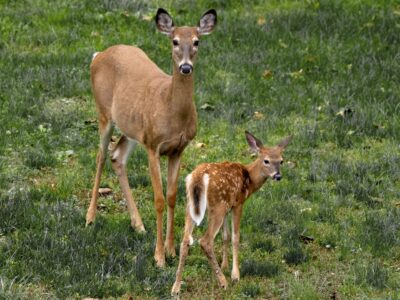
Whitetail deer frequent the property nearly every day. Mother deer and their spotted fawns can be seen throughout the summer and early fall.
Bucks with their spiked antlers are seen most often from late summer through the winter. Although we don’t see mule deer at Aspen Acres, they can be seen in Keystone, just a few miles away.
Great Horned Owls
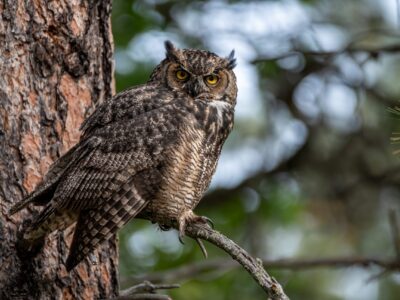
Great horned owls can often be heard hooting between dusk and dawn. These stealthy nocturnal birds of prey hunt for mice and voles.
The calls of saw-whet owls can also be heard on the property. These owls are about the size of a robin and have a high-pitched whistle call. Burrowing owls can be found in the prairie.
Wild Turkey

Like the whitetail deer, rarely a day goes by that turkey don’t visit the property. The Black Hills is home to the Merriam turkey.
In the spring you can here the males gobble and will often gobble back to your gobbles. During the summer, you can see the moms with their chicks following behind.
American Bison / Buffalo

Custer State Park is home to approximately 1,400 bison, one of the largest herds in the world. Known as Tatanka by the indigenous Lakota, they are the largest mammals in North America. The Custer State Park Bison Center is located along the wildlife loop which is the location for the annual buffalo roundup held the last weekend each September. The Park is less than 30 minutes from Aspen Acres.
Reptiles/Amphibians/Fish
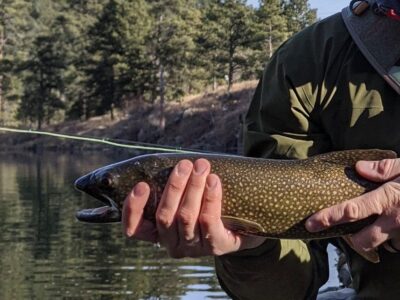
The Black Hills are home to a variety of fish, frogs, toads, salamanders, lizards, and snakes. Popular species for anglers include brown, brook, and rainbow trout; as well as bass, walleye, pike, perch, and others. Prairie rattlesnakes also live in the Hills. They are venomous and although non-aggressive, use caution while hiking. If you want to see rattlers, Reptile Gardens has the largest collection of reptiles in the world.
Coyotes/Fox/Prairie Dogs
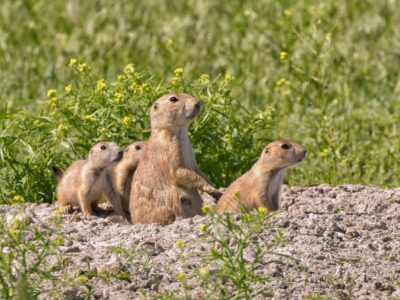
Prairie dogs, although not dogs, do have a bark. They can be found in social colonies in the Black Hills and Badlands National Park. The wily coyotes are pretty secretive, active mostly from dusk to dawn, but can be heard howling in the evenings or seen along with prairie dogs on the Custer State Park Wildlife Loop. Fox are smallest canines in the Hills and like the coyote and fairly secretive.
Rocky Mountain Elk
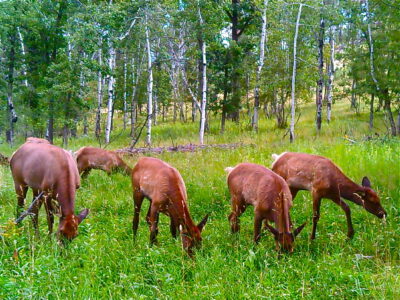
Elk are less common but there is a small herd that crosses the property on occasion. Sometimes they can be seen on the hillside across from the cabin. Bull elk can also be heard bugling in the Fall.
Custer State Park has a large elk population and they are most often seen in the early morning or at dusk.
Bald Eagles
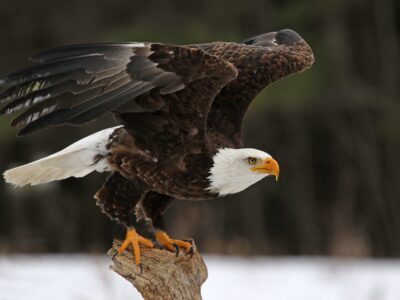
Bald eagles occasionally make an appearance over Aspen Acres. More often they can be found fishing along bodies of water in the Black Hills.
Redtail hawks, sharp-shinned hawks, and vultures are also frequent visitors to Aspen Acres. You might also encounter peregrine falcons and golden eagles in the Black Hills.
Pronghorn Antelope
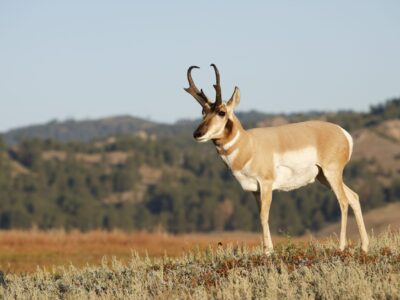
The pronghorn antelope, also known as the American antelope finds its home on the prairie. They are often seen in Custer State Park, Badlands National Park, and along I-90 as you travel across western South Dakota.
The pronghorn is the fastest land animal in North America, capable of reaching speeds of 55 miles per hour.
Bighorn Sheep
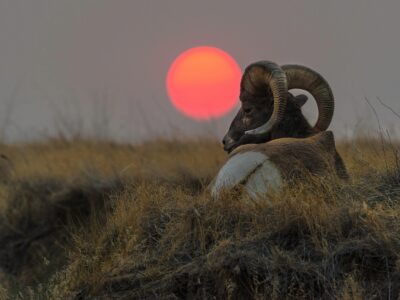
Rocky Mountain Bighorn Sheep were introduced to the Black Hills in the 1920s and then again n the 1960s. They are named for the large curled horns of the rams (males). The ewes (females) have much smaller and less curved horns than the rams.
They are often seen in Custer State Park along the Wildlife Loop State Scenic Byway and in Badlands National Park.
Mountain Goats

Mountain goats, although not native, an isolated population has lived in the Black Hills for more than a century.
They can most often be seen near Crazy Horse east to Mount Rushmore and near Black Elk Peak south to the Needles. They can also be seen in the Battle Creek drainage east of Keystone and into portions of Spearfish Canyon.
Mountain Lions

The mountain lion is probably the least likely animal you will see in the Black Hills. These elusive big cats are native to South Dakota, but only in recent decades have they returned the State.
Although seldom seen, you may find footprints in the snow of this magnificent big cat and important part of the Black Hills ecosystem.

